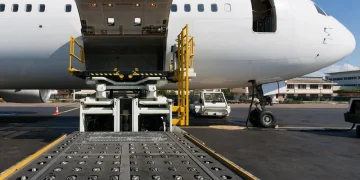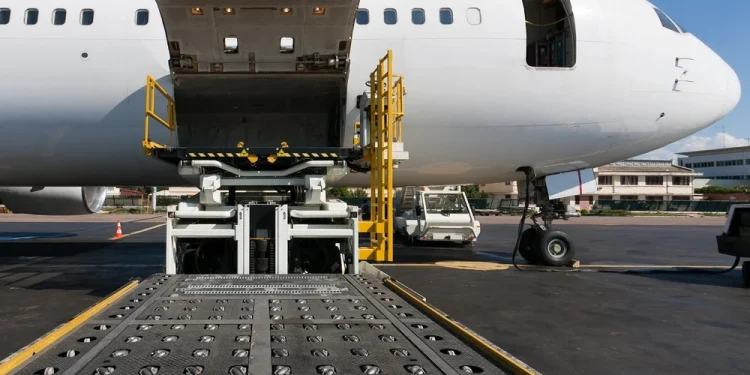By Eva Richardson – The Logistic News
February 27, 2025 – The transatlantic air cargo market is undergoing significant shifts as capacity adjustments, trade policy changes, and evolving consumer demand impact freight rates and supply chain strategies. As airlines rebalance their global operations, logistics providers are navigating a complex landscape shaped by fluctuating availability and rising costs.
Capacity Constraints and Rate Adjustments
Industry reports indicate that airlines have been shifting capacity from transatlantic routes to accommodate increasing demand in the Asia-Pacific region, particularly due to the surge in e-commerce shipments from China. These reallocations have led to temporary reductions in transatlantic cargo space, prompting freight rate fluctuations.
In Q4 2024, transatlantic air freight rates increased by an average of 8.5%, particularly on high-demand trade lanes connecting Europe and North America. This uptick follows a 49% year-on-year surge in Asia-U.S. rates during peak season, highlighting how airlines prioritize higher-yield routes amid capacity constraints.
The Influence of Global Trade Policy
Trade policies and geopolitical developments are also playing a pivotal role in shaping air cargo flows. Proposed U.S. tariffs on Chinese imports and ongoing European regulatory shifts have created an environment of uncertainty for global supply chains. As a result, some shippers are diversifying logistics strategies, considering alternative routes or multi-modal solutions to mitigate cost volatility.
Additionally, delays in new aircraft deliveries have limited fleet expansion plans for major carriers, forcing logistics companies to optimize available resources. With freighter availability remaining tight, businesses reliant on air freight must adapt to fluctuating capacity and rising costs.
How Airlines and Freight Forwarders Are Adapting
In response to market challenges, airlines are ramping up investments in freighter aircraft. Leading carriers such as Emirates, Qatar Airways, and Lufthansa Cargo have announced new widebody freighter acquisitions, aiming to enhance long-haul capabilities. Meanwhile, freight forwarders are increasingly leveraging digital platforms and predictive analytics to secure capacity and optimize route planning.
Moreover, the rise of sustainable aviation initiatives, including the adoption of Sustainable Aviation Fuel (SAF), is expected to influence pricing models in the long term. While SAF adoption remains in its early stages, industry experts predict that sustainability-related costs may eventually become a key pricing factor for air cargo services.
Looking Ahead: What’s Next for Transatlantic Air Cargo?
With the global trade landscape evolving rapidly, the air cargo industry must stay agile and proactive in addressing capacity constraints, cost fluctuations, and shifting demand trends. As logistics providers continue to diversify supply chain strategies, the ability to anticipate and respond to market changes will be critical in maintaining operational efficiency and cost-effectiveness.
For continued insights into global trade, logistics trends, and air cargo developments, stay connected with The Logistic News.
For media inquiries or to share insights, contact us at info@thelogisticnews.com.























